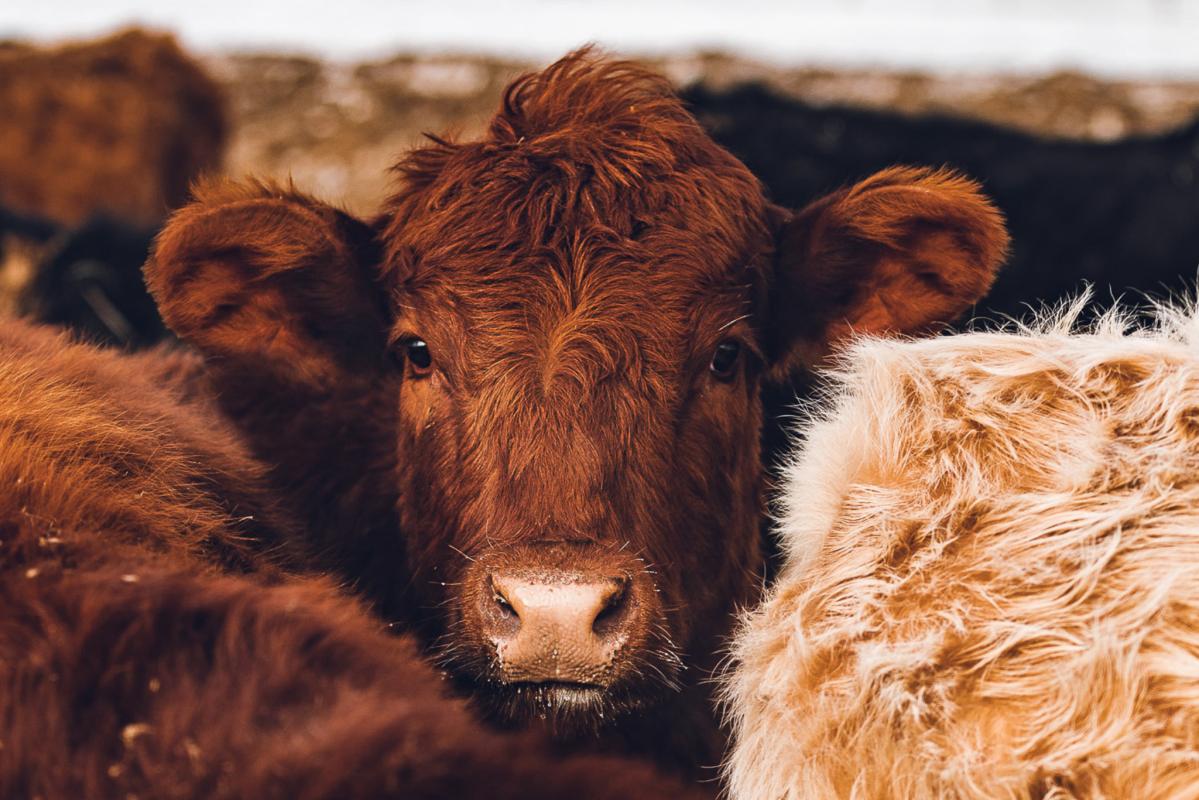
In the east of the country, cases of Bluetongue (BTV) have been reported, so we are urging farmers and smallholders to remain vigilant.
The virus is transmitted by midges and can affect sheep, cattle, goats, deer and camelids. Sheep are often the worst affected, but cattle are the main reservoirs of the virus. In the UK, there is currently no evidence that the virus in current cases is being circulated by midges in the UK, but surveillance is ongoing.
In some circumstances, the virus can be transmitted through biological products of infected animals such as blood, germinal products (semen, embryos or the movement of infected animals). Infected pregnant animals can also transmit the virus to their offspring. Although uncommon, if this does occur, the newborn offspring can act as a source of the virus.
Signs of Bluetongue in Sheep
Incubation of the virus is typically 4-12 day and signs of this in livestock can vary depending on viral strain and breed of sheep. Although only a small number of the flock may show clinical signs, the mortality rate can be up to 70% if a flock is infected.
Key things to look for:
- Sudden death is often the first evidence of disease, so shepherds must be vigilant in noticing any other signs and symptoms.
- Rectal temperature up to 42.0 celsius
- Swollen face and ears
- Ulcers and blisters around the lips
- Profuse salivation and nasal discharge
- Swollen tongue which may turn blue along with mucus membranes due to a lack of oxygen
- Difficulty breathing due to swelling and mucus
- Conjunctivitis
- Embryonic abortion, sheep returning to oestrus at irregular intervals and deformities in lambs similar to those seen with the schmallenberg virus.
Signs of Bluetongue in Cattle
Key things to look for:
- Cattle may not show signs for several weeks
- High temperatures up to 40.0 celsius
- Stiff in appearance due to swelling of the coronary band at the tops of the hooves
- Swelling in the head and neck
- Conjunctivitis
- Swelling and ulceration in the mouth
- Swollen sore teats.
- Saliva drooling out of the mouth
- Abortion of calves
- Reluctance to eat
- Milk drop
What to do if you suspect BTV on your farm:
BTV is a notifiable disease, so if you suspect your livestock have BTV, you must cease all livestock movements on and off the farm immediately. You are also required to contact APHA on the Defra rural services helpline 03000200301, as well as your vet.
The call will be assessed and if appropriate, APHA will send a veterinary inspector to your farm to conduct an investigation. Further information about temporary movement restrictions can be found at here.
If the virus is confirmed, DEFRA will take action (alongside operational partners) to control the disease, this can be through restrictions on movements or through culling affected animals. Decisions are made on a case by case basis. If animals are to be destroyed, there are laws set out to ensure compensation is paid when due.
Our SQP, Elle, recommends taking these steps:
- Be vigilant when checking livestock and take an extra couple of minutes in your day to watch for any changes in behavior.
- If you are due to start calving or lambing soon, record any unusual deformities and keep photo and written records of which animals birth them. Having evidence and records of any abnormalities within your flock/herd is a great tool to help with health planning alongside your veterinary professionals in regards to vaccination and animal management.
- Keep up-to-date on the current situation at GOV.
- Don’t panic yet as cases are currently relatively localised and low in number
- Review your farms biosecurity measures and ask your vet or animal health advisor for advice on any areas to improve.
Overall, understanding the transmission patterns and risks that are associated with BTV is crucial for managing the disease effectively. By staying informed and implementing preventive measures, farmers can contribute to the overall health and productivity of their livestock, minimising the impact of Bluetongue on the agricultural industry.
Statistics from National Animal Disease Information Service
